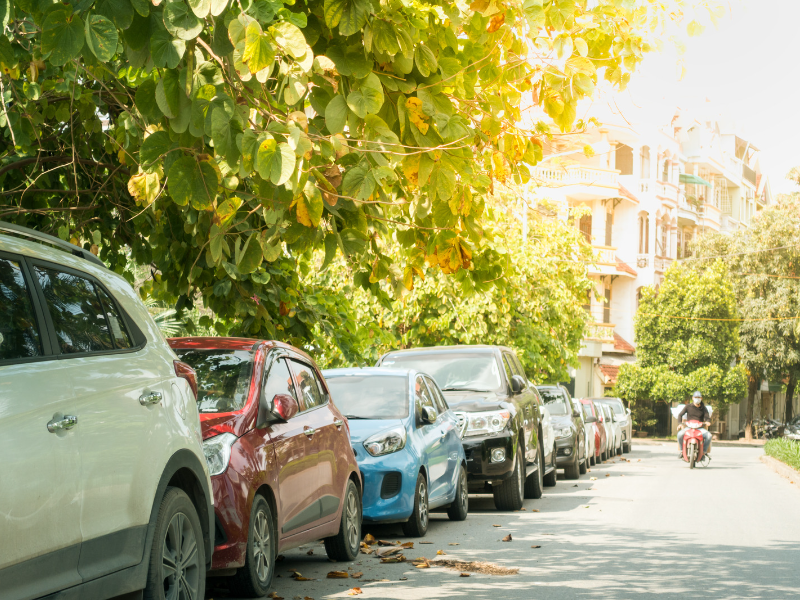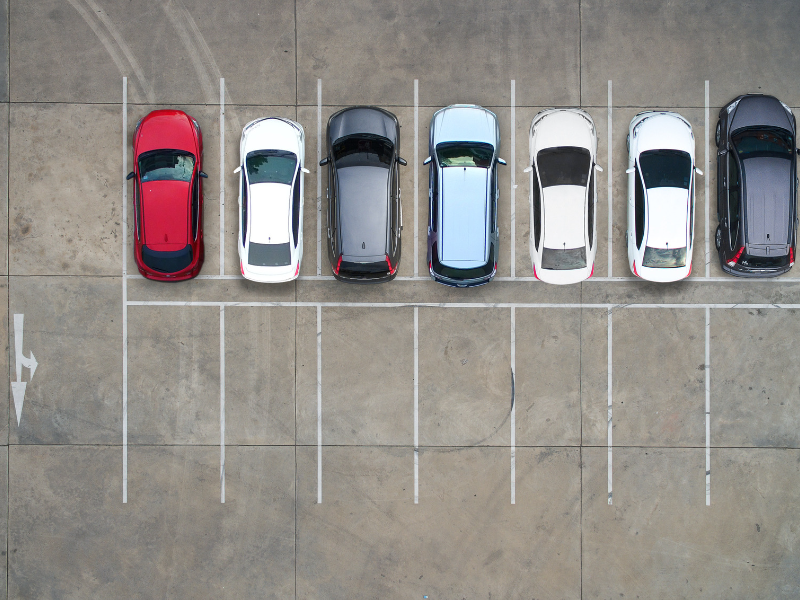Starting your driving journey is an exciting milestone, but driving test faults can present unexpected hurdles. These faults often make the difference between securing a pass or facing a fail on your test, especially after you’ve put in many dedicated hours of practice.
Are you preparing for your driving test and eager to conquer the challenging driving test manoeuvres? Look no further!
This blog post is designed to help you master the essential driving test manoeuvres that will pave the way to getting your driving licence.
We will answer common questions such as:
In this comprehensive blog post, we will guide you step-by-step through the process, ensuring you gain the necessary skills and confidence to pass your driving test with flying colors.
So, let’s jump in so you know what to expect on your practical driving test.
And if you want a bit more help, claim a copy of a learner driver checklist today.

One common concern among learner drivers is whether they can fail their driving test solely based on their performance during a manoeuvre.
The short answer is yes, it is possible to fail your driving test if you struggle with a manoeuvre. The driving test assesses your overall ability to drive safely and confidently, which includes demonstrating competence in various manoeuvres.
Failing to execute a manoeuvre correctly may result in critical errors that could lead to a test failure.
However, a single mistake or struggle with a manoeuvre doesn't automatically guarantee failure. The driving test examiners evaluate your overall driving performance, including:
While manoeuvres are important to know, they are just one component of the evaluation process.
The key to success lies in thorough preparation and practice. Practice in various scenarios to build confidence and adaptability.
During the test, remember to stay calm and composed. Even if you encounter challenges during a manoeuvre, demonstrate good judgement, observation, and proper reactions to minimise errors.
To equip you with the necessary skills, we have compiled a list of the top 5 must-know driving test manoeuvres.
The cockpit drill, a fundamental aspect of safe driving, sets the stage for your success on the road. By adjusting your mirrors, seat position, and familiarizing yourself with the vehicle's controls, you ensure optimal visibility and comfort while driving, ultimately increasing your chances of passing the driving test.

Mastering the skill of bay parking involves parking your car within designated white lines while observing other road users. It is commonly encountered in parking lots and shopping centers.
Steps include:

Parallel parking refers to the process of parking a vehicle parallel to the kerb, between two parked cars. Steps include:

An emergency stop is a sudden and forceful braking action used to swiftly bring the vehicle to a stop in hazardous situations. Steps include:

Forward bay parking involves driving forward into a parking bay and reversing out. Steps include:
Once you have grasped these essential driving test manoeuvres, you'll be ready to tackle more advanced driving skills. Congratulations on taking the first step toward becoming a confident and skilled driver!